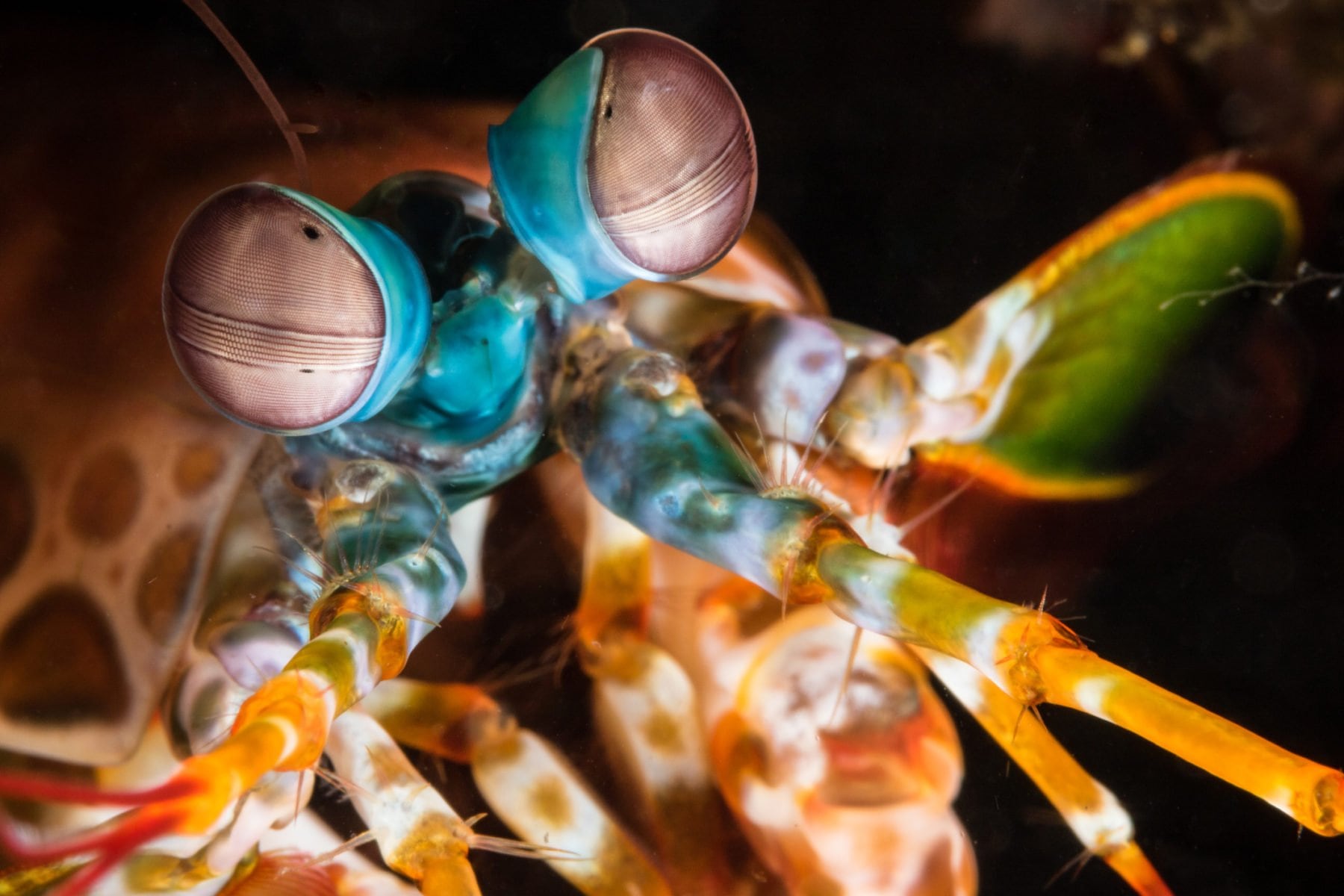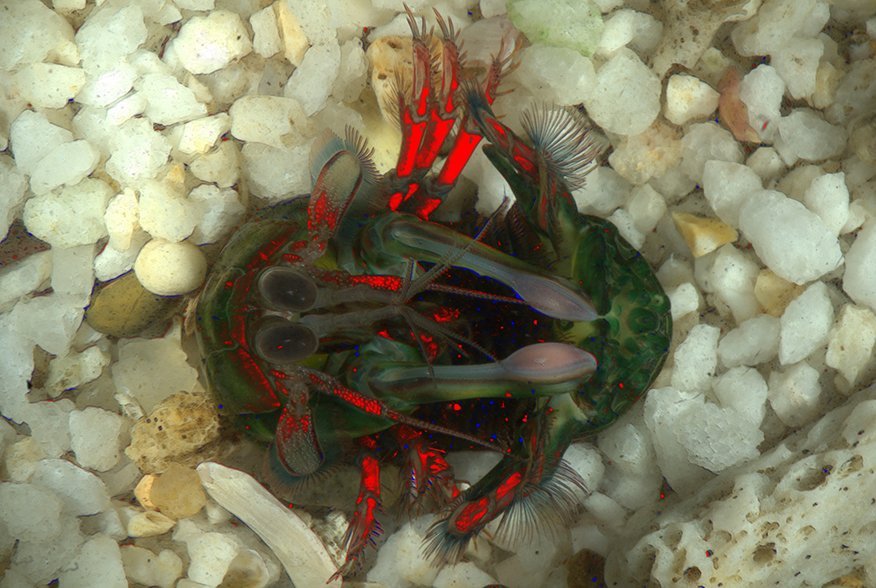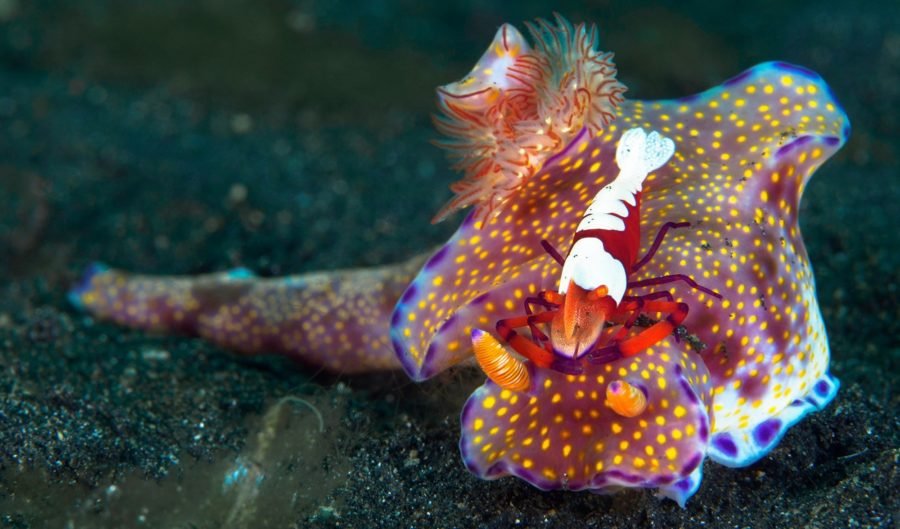The peacock mantis shrimp is not here to make friends

Bec Crew
Bec Crew

Despite what Sebastian the Crab would have us believe, life under the sea is no picnic. In fact, it’s filled with a litany of shady characters, such as this monstrosity, which has an appetite so voracious, there’s a good chance its prey will rot and explode inside its stomach.
For the peacemakers of the world, the ocean is a tough hang. But for pugnacious predators that are looking to make a meal out of anything they can get their mouthparts, pincers, tentacles, or other such ominous-sounding appendage on, it’s an amusement park of death and destruction.
One animal has evolved such an efficient way of killing its prey, it almost seems unfair. The peacock mantis shrimp (Odontodactylus scyllarus) is beautiful, deadly, and has more tricks up its sleeve than a Bond villain.
This creature’s ‘punch’ is so fast and so powerful, it boils the water around it and produces actual flashes of light. In 1998, a notoriously aggressive peacock mantis shrimp called Tyson in Norfolk, England punched the wall of his aquarium cell, smashing clean through the glass.
When Sheila Patek, a researcher at the University of California, Berkeley, decided to film the peacock mantis shrimp’s ‘super-punch’, she quickly realised that it was too fast even for her high-speed recording systems. Patek told National Geographic that she had to borrow equipment from the BBC, which allowed her to slow down the mantis shrimp punch by 800 times.
What she saw was shocking – this little creature, which typically doesn’t grow beyond 15cm in length, can throw a punch at speeds of around 80km/hour.
It’s one of the fastest limb movements in the animal kingdom. As the Guinness Book of Records puts it, it’s 50 times faster than the blink of an eye.
The movement is so fast, it rapidly reduces the pressure of the water around it, causing bubbles to form. Called cavitation, it’s estimated that this phenomenon causes the water to reach temperatures of more than 4,000 degrees Celsius, and can even emit a flash of light.
The shockwave produced by the peacock mantis shrimp’s punch is so powerful, it can eat away at ship propellers, so you can imagine what it does to the peacock mantis shrimp’s prey.
The peacock mantis shrimp achieves this thanks to its spring-loaded forelimbs – or ‘clubs’ – controlled by muscles that contract and release like an archer’s bow.
Imagine this thing coming at you if you’re a periwinkle or a crab – two of the peacock mantis shrimp’s favourite snacks:

Which brings us to another of the many remarkable things about this animal – its eyes.
Each eye is equipped with 12 different types of colour-sensitive cells called photoreceptors. That’s four times as many as in human eyes. And some are even sensitive to light in the ultraviolet range.
Researchers have suggested that this gives them a completely different form of colour vision from our own, which allows them to spot prey super-fast.
If you thought a creature this intimidating has to be Australian, you’d be right. Well, it’s not exclusively Australian, but they do occur in waters across northern Australia. They’re also widespread in the Indo-West Pacific region, including in Indonesia and the Philippines.



